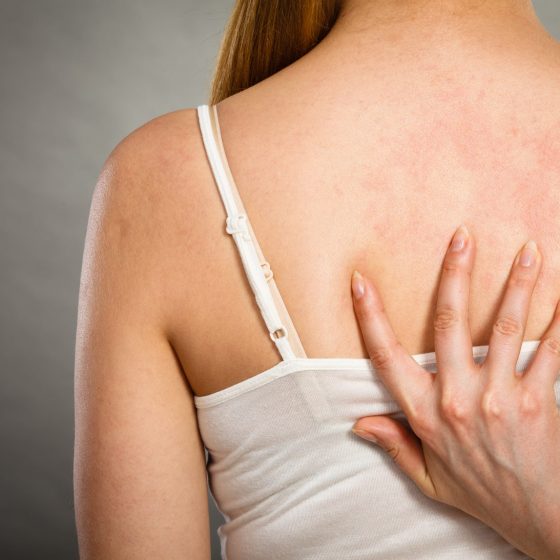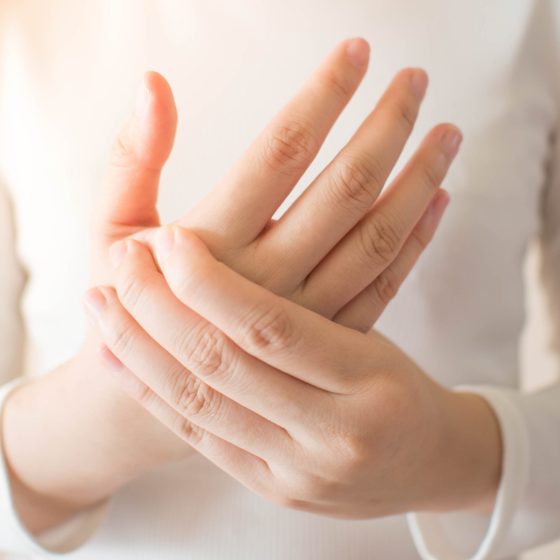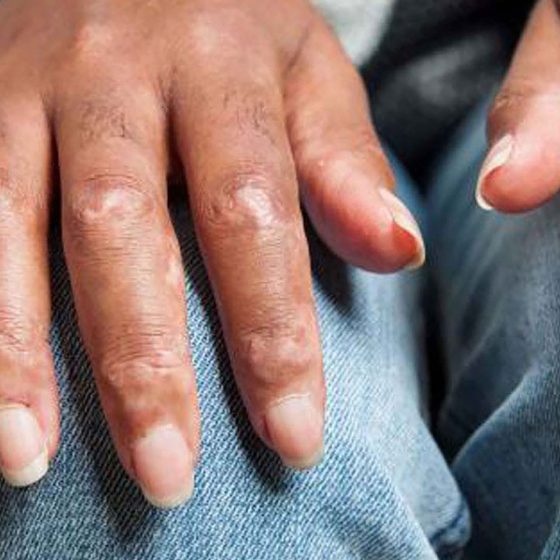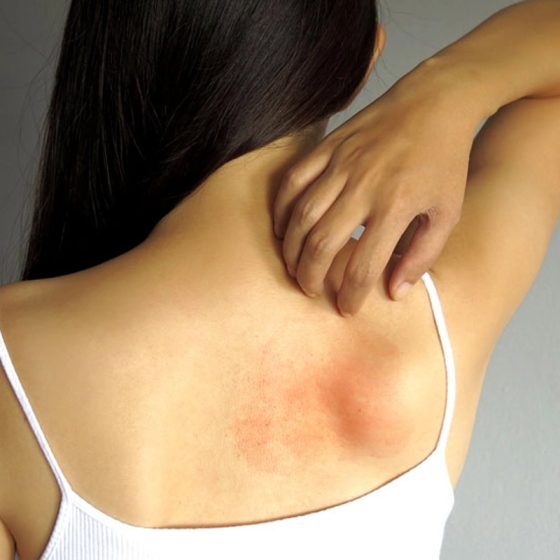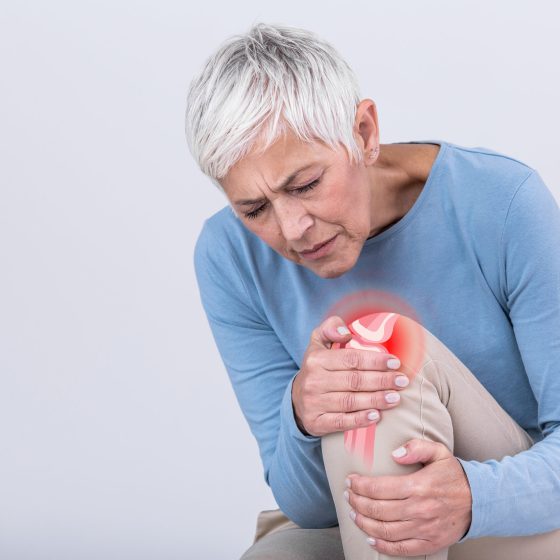Marfan syndrome
What is Marfan syndrome? Marfan syndrome (also known as Marfan’s syndrome) is a disorder that affects the connective tissue that strengthens and stabilises the joints and muscles. It generally affects the limbs, but can also affect the skeleton, eyes, lungs, heart and nervous system. It is usually inherited from a parent with the condition. Marfan syndrome used to cut short people’s lives, but now people have a normal life expectancy What are the symptoms of Marfan syndrome? People with Marfan syndrome are often tall and slim, with longer than usual limbs, fingers and toes. They may have a long, thin


